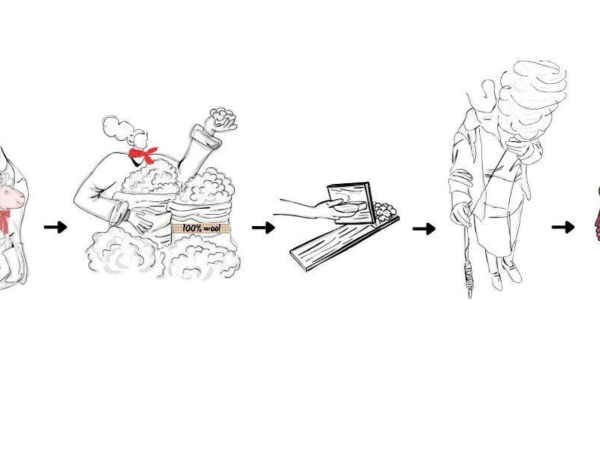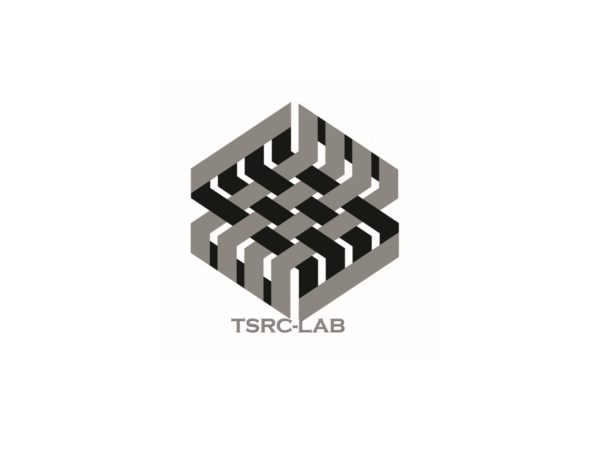
The Fashion Industry

The fashion industry can be termed as complicated with no standard for defining fashion companies. They belong to a wide range of enterprises working in the apparel, clothing & garments, footwear, home furnishings and textile accessories markets. This industry consists of diverse professionals and companies- modeling, fashion-designing, retailing, marketing, planning, and distribution. There are brands and local sellers too, all struggling with their products for survival. All of them are feeling the impact in different ways but what is similar among all is their narrowing wallets.
Impacts of Recession on Global Fashion Industry
 The trends all over the world is that of rising unemployment, credit squeeze and plummeting home budgets. Lavish spending habits have been replaced by very cautious closefisted consumer. One of the few items on which the consumers cut back in tough times include apparels and fashion accessories. As such, many fashion companies have also started to fall into credit problems. In the last few months, various companies worldwide have filed for bankruptcy.Many big names in the fashion industry are facing financial problems, many of whom have even declared their negative condition. Some of these companies are hoping for a take over.
The trends all over the world is that of rising unemployment, credit squeeze and plummeting home budgets. Lavish spending habits have been replaced by very cautious closefisted consumer. One of the few items on which the consumers cut back in tough times include apparels and fashion accessories. As such, many fashion companies have also started to fall into credit problems. In the last few months, various companies worldwide have filed for bankruptcy.Many big names in the fashion industry are facing financial problems, many of whom have even declared their negative condition. Some of these companies are hoping for a take over.
- Many companies are negotiating for a partnership deal with willing investors in order to help their finances.
- Announcing of plans to remove jobs in regional offices have become more common news.
- Many events, innovative plans are being canceled.
- Many fashion labels in fashion hubs like Italy, are holding emergency talks with the government and are appealing to support their industry or at least lessen the effects of their financial slowdown.
- Many fashion houses are not showing their collections for fall 2009 due in the season as the shows will cost them thousands of dollars with no guarantees of returns.
- Many designers have set the trend of smaller or more reserved shows. The industry experts are expecting many more designers to follow suit.
- Designs also seem to be affected by the crisis as many shows featured only quiet colors and minimalist lines.
- Predictions say that 2009 trends will open the way for again wearing some of the pieces from the past seasons. Subsequently, when the crisis is over, major players are likely to again produce extravagant creations.
Strategies for Fashion Industry in 2009
Although consumers are thinking twice before spending on designer textiles and fabrics, still there are opportunities for fashion industry in 2009. However, the keywords are individuality and innovation for securing future of any brand. Consumers have to be given exactly what they need and in the way they desire.
-
Consumer spending has got lower resulting in pressure on retailers’ margins.
 Therefore, the business will have to focus on protecting gross margin by way of loss prevention, price optimization and efficient inventory management systems.
Therefore, the business will have to focus on protecting gross margin by way of loss prevention, price optimization and efficient inventory management systems. -
Consumers will have to be provided with consistent brand and service offering through multiple touch points -stores, online, social commerce sites, blogs, mobiles, etc. Value-added services such as “buy online, return at stores” etc. can only help establish brand loyalty among customers which is the success mantra for survival. Social media channels are increasingly being used and are very effective means to reach consumers for promotion and brand loyalty.
-
Private labeling will be the buzzword of 2009. Private labels provide higher margins, increased flexibility and the capability of responding fast to changes in fashion trends. Stronger brands, already having a direct retail channel, will continue to grow and will gradually begin competing with retailers who were once their customers. Owning own retail channels give brands tighter control over their brand identity. Weaker brands should look for opportunities of becoming private-label suppliers to retailers. The emerging economies of Eastern Europe, South America and Asia will present new growth opportunities in the wake of already saturated U.S. and Western European markets that are also facing financial crisis.
- A strong brand identity will be crucial for international success as stronger brands will be able to take advantage of their brand strength for global expansion using alliances and franchise arrangements.
-
New technologies like kiosks, RFID, mobile devices, smart carts, wireless sensors, contact less payment solutions, magic mirrors and virtual closets etc. decide the shopping process of technology savvy consumers. Variety of services such as mobile vouchers, coupons and loyalty cards, location based services, mobile purchasing and building mobile social networks will have to be provided to them.
- Sustainability, reduced carbon footprint, eco-friendly fashion and green supply chain will become more prevalent terms. Brands genuinely committed to environmental cause will get rewarded.
-
- Today’s consumers demand customized fashion tailored to their individual
 lifestyle needs. So, those companies that provide online template to customize their shoes, bags, t-shirts etc. will get ahead.
lifestyle needs. So, those companies that provide online template to customize their shoes, bags, t-shirts etc. will get ahead. -
Competitive intelligence capabilities have to be increased. It will be crucial to understand competitor’s latest price change or promotion for quickly reacting in the marketplace. Apart from traditional techniques like syndicated data, mediums like social web analytics and blog scraping will tell companies about their customers by continuously monitoring their conversations among themselves instead of periodic surveys. This will enable them to respond faster to perceived trends, customer complaints, unmet requirements, etc.
- Today’s consumers demand customized fashion tailored to their individual
In brief, what is required for any fashion company or professional for survival and growth is to establish instinctual relationship with the customer.
Source: www.teonline.com



